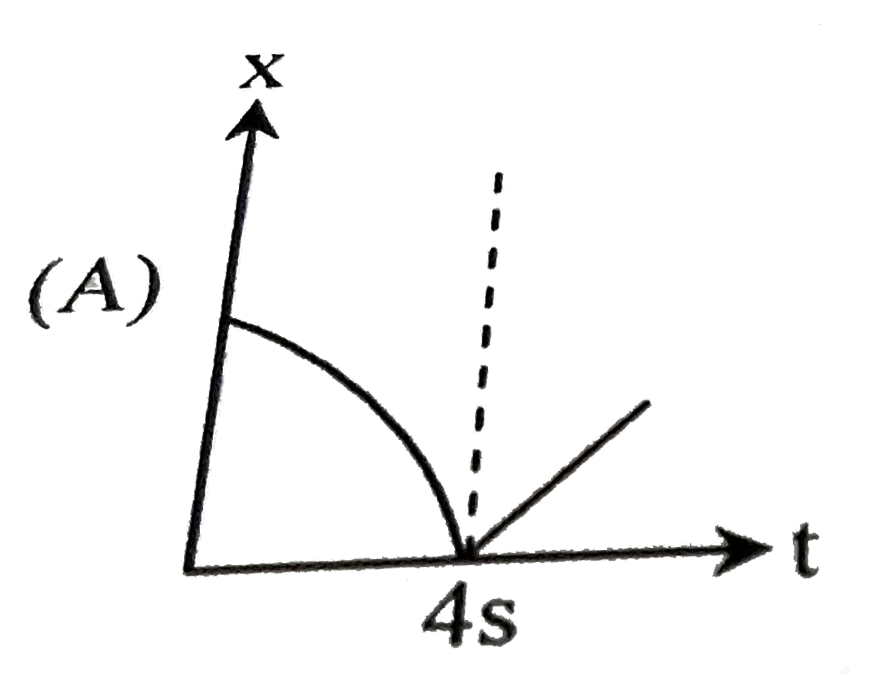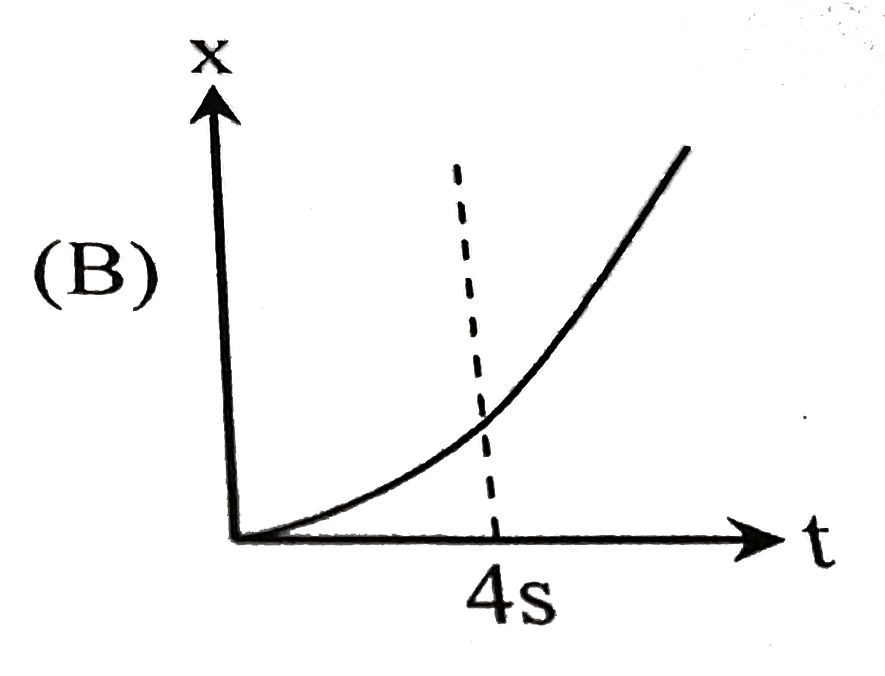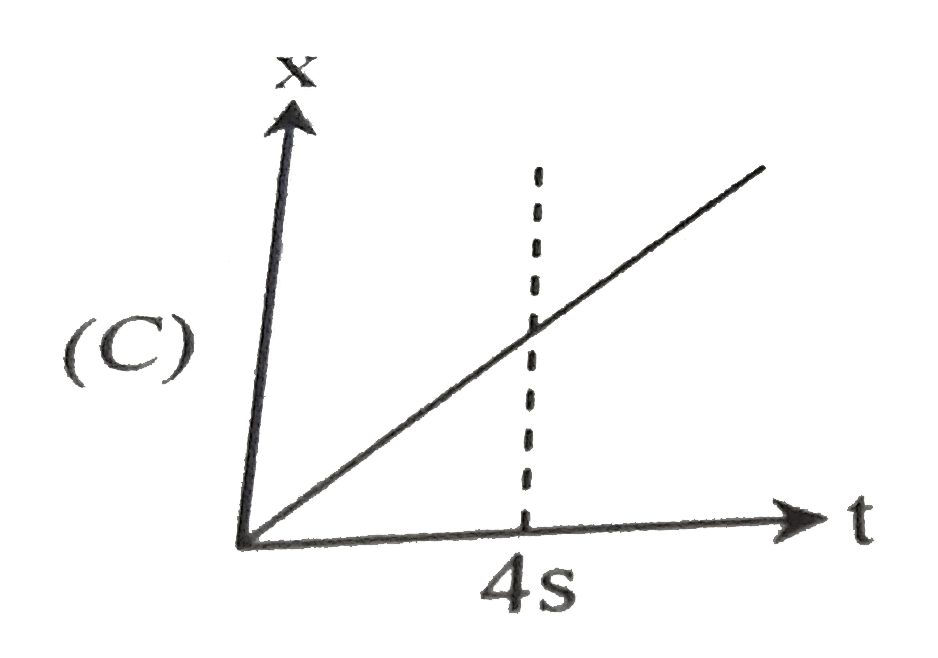An object will continue moving uniformly until
resultant force on it begins to decrease
its velocity changes direction
the resultant force on it is zero
the resultant force is at right angles to its direction of motion
The correct Answer is:C
Acceleration is rate of change of velocity
Topper's Solved these Questions
- FORCE AND NEWTONS LAWS OF MOTIONBOOK - GRB PUBLICATIONCHAPTER - FORCE AND NEWTONS LAWS OF MOTIONEXERCISE - More than one choice is correct
15 Videos
- FORCE AND NEWTONS LAWS OF MOTIONBOOK - GRB PUBLICATIONCHAPTER - FORCE AND NEWTONS LAWS OF MOTIONEXERCISE - Assertion- Reason
4 Videos
- FORCE AND NEWTONS LAWS OF MOTIONBOOK - GRB PUBLICATIONCHAPTER - FORCE AND NEWTONS LAWS OF MOTIONEXERCISE - Problem for practice
30 Videos
- BASIC MATHEMATICSBOOK - GRB PUBLICATIONCHAPTER - BASIC MATHEMATICSEXERCISE - Problems For Practice
35 Videos
- FRICTION AND CIRCULAR MOTION BOOK - GRB PUBLICATIONCHAPTER - FRICTION AND CIRCULAR MOTION EXERCISE - Comprehension type
11 Videos
Similar Questions
What is the nature of the distance time graph for an object moving uniformly along a straight long road ?
View SolutionFind the speed of two objects if ,when they move uniformly towards each other, they get 5 m closer in every second and when they move uniformly in the same direction with their original speed , they get 4m closer every 10s
View Solution
Knowledge Check
An object will continue accelerating until
AThe resultant force on it begins to decreaseBThe velocity changes directionCThe resultant force on it is zeroDthe resultant force is at right angles to its direction of motionAn object while moving may not have .
Avariable speed but constant velocityBvariable velocity but constant speedCnon-zero acceleration but constant speedDnon - zero acceleration but constant velocityAn object at rest at the origin begins to move in the +x direction with a uniform acceleration of 1m/s2 for 4s and then it continues moving with a uniform velocity of 4 m/s in the same direction. The x-t graph for object's motion will be -
A B
B C
C D
D
A part of Newton's first law states that a body continuous to move uniformly in the absence of an external force appears contradictory Comment.
View SolutionAssertion : Linear momentum of a body changes even when it is moving uniformly in a circle.
Reason : Force required to move a body uniformly along a straight line is zero.
View SolutionAssertion : Linear momentum of a body changes even when it is moving uniformly in a circle.
Reason : Force required to move a body uniformly along a straight line is zero.
View SolutionWhat are the speeds of two objects if, when they move uniformly towards each other, they get 4 m closer in each second and when they move uniformly in the same direction with the original speeds, they get 4 m closer each 10 s?
View SolutionAn object moving with uniform circular motion shows
View Solution
